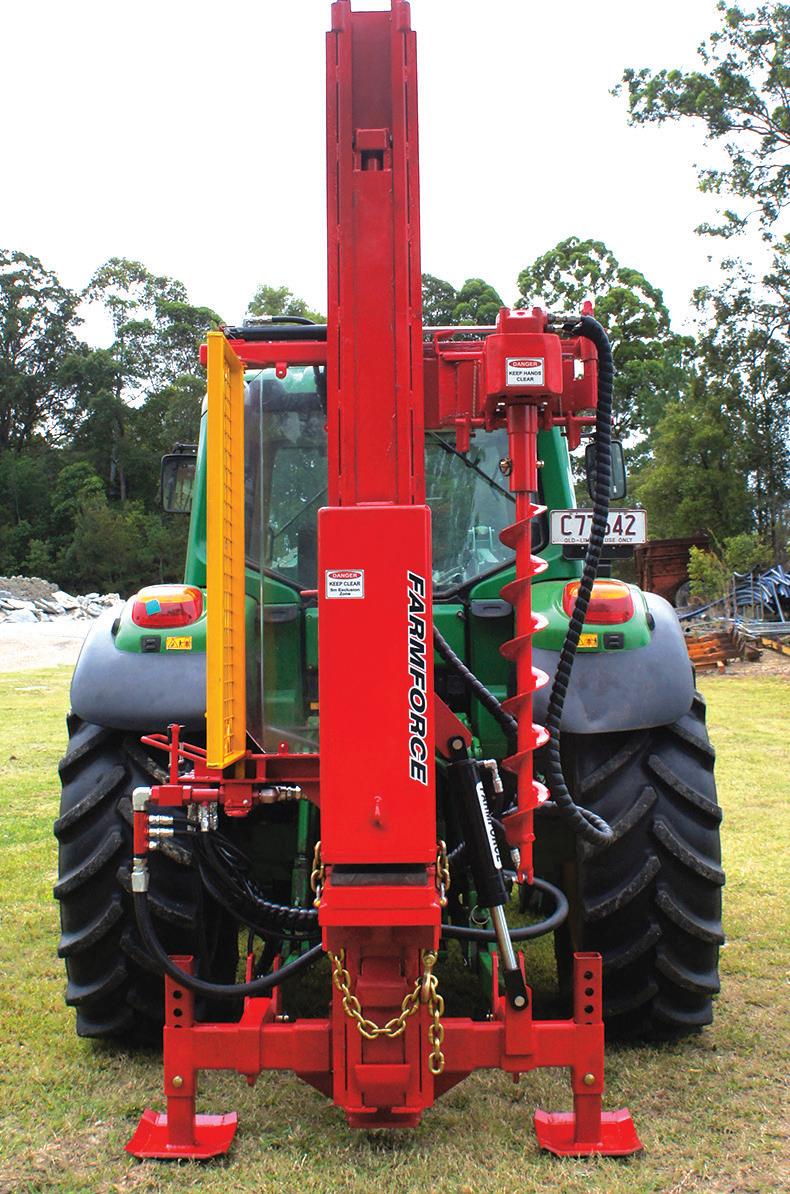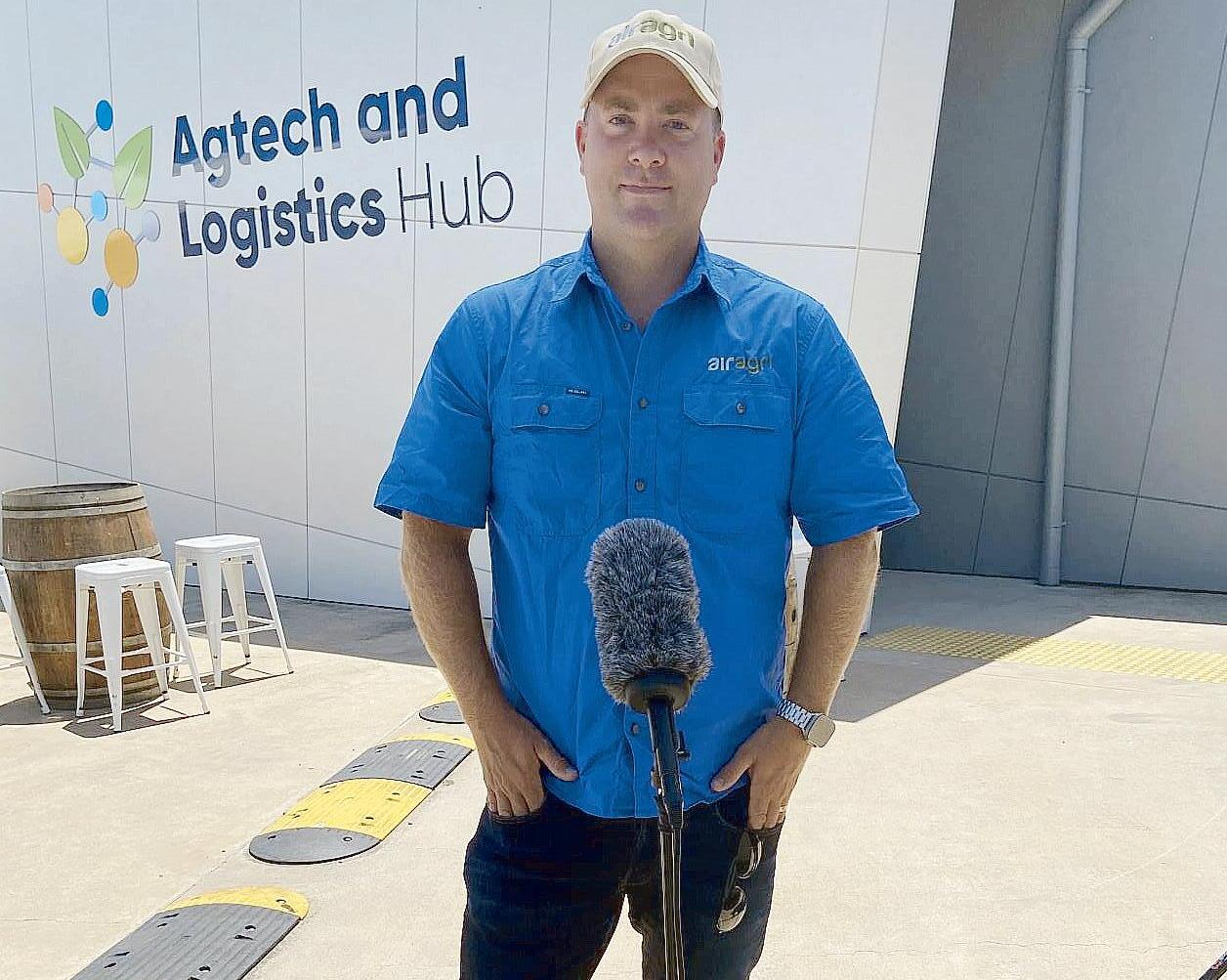
2 minute read
BREAKING GROUND WITH THOMAS HALL

Growing demand for healthy and planetfriendly plates, robots collecting data in factories and Artificial Intelligence detecting faulty items on the production line.
There’s no doubt about it – the food and beverage manufacturing industry is undergoing a major revolution as it embraces emerging consumer trends and new technologies.
When it comes to matters of taste, modern consumers – quite literally – have a real hunger for healthier and more sustainable foods, which is changing food practices from paddock to plate.
An increasing number of manufacturers, meanwhile, are implementing digital technologies to grow productivity and profitability.
This appetite for food and beverage manufacturers to become more agile and resilient was demonstrated during the Covid pandemic, which seriously disrupted food supply chains.
Many of the companies that struggled to keep up with food production demands amid lockdown worker shortages are now turning to new tech to automate parts of their operations.
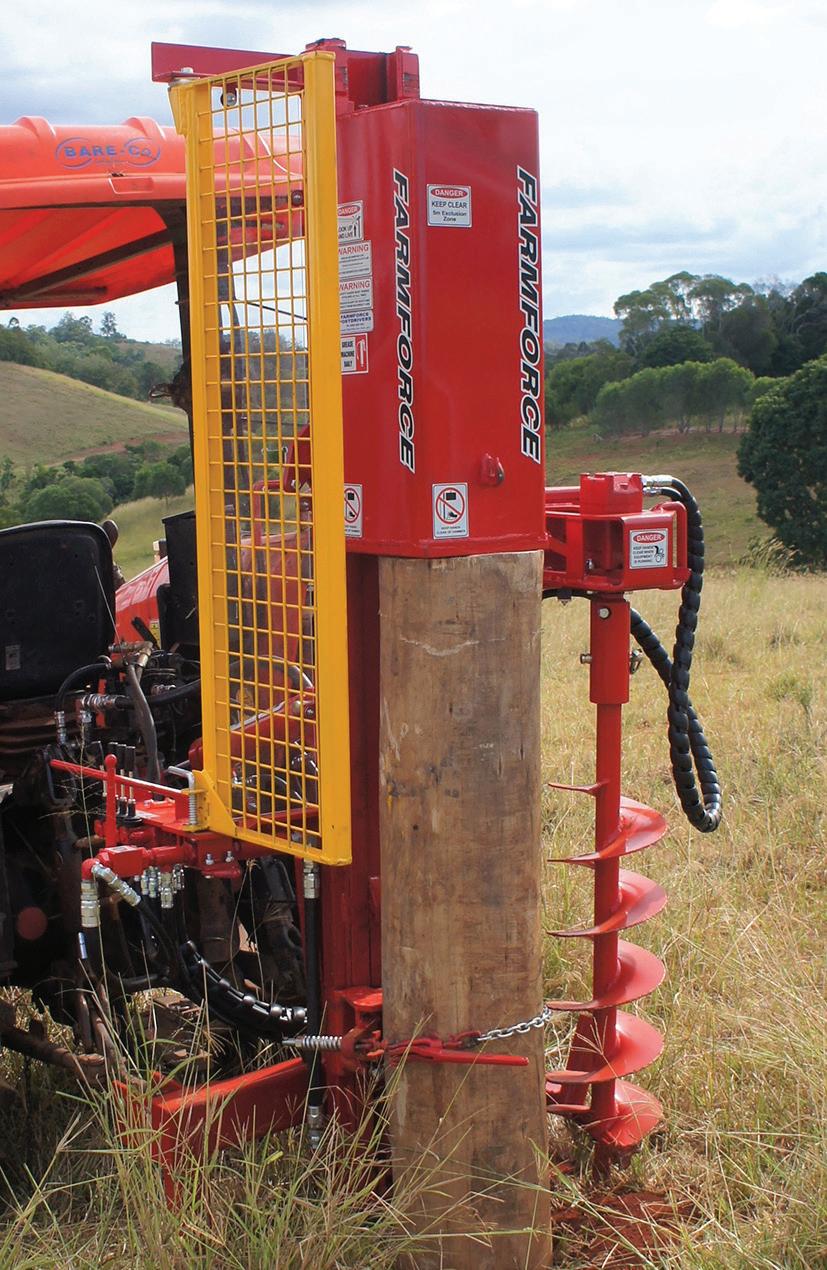
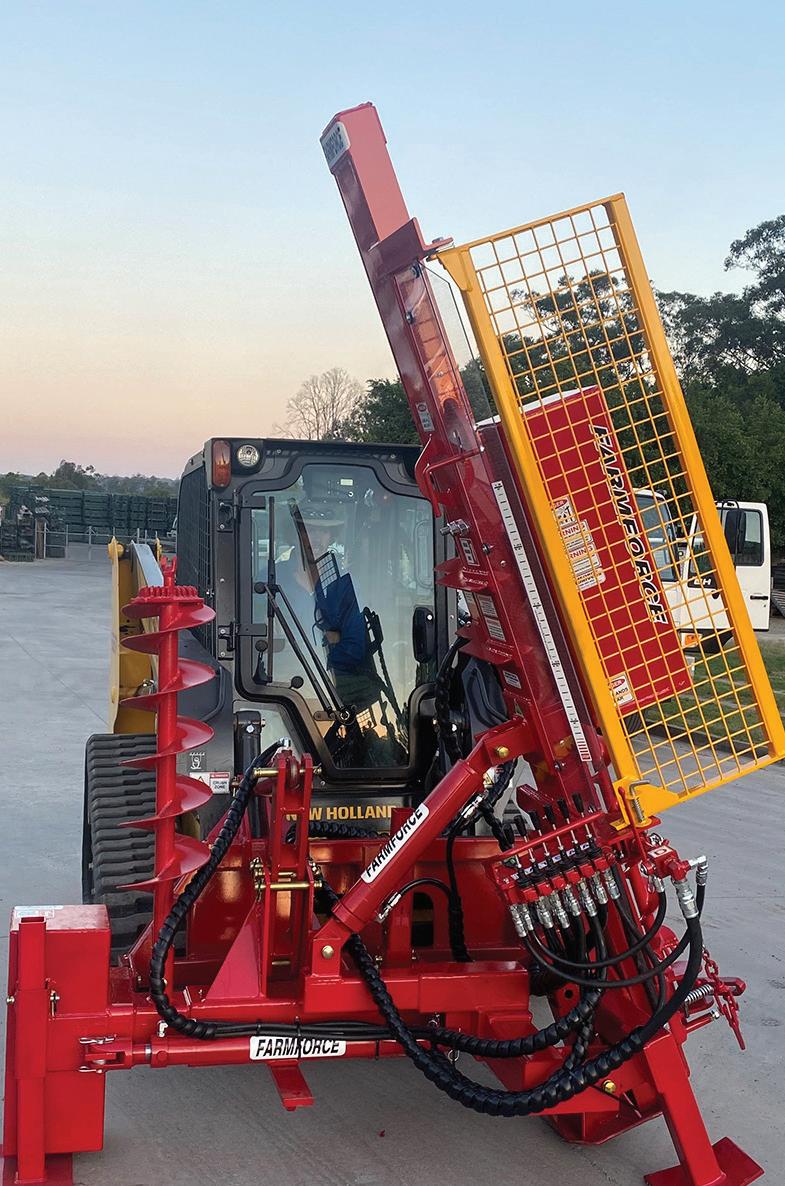
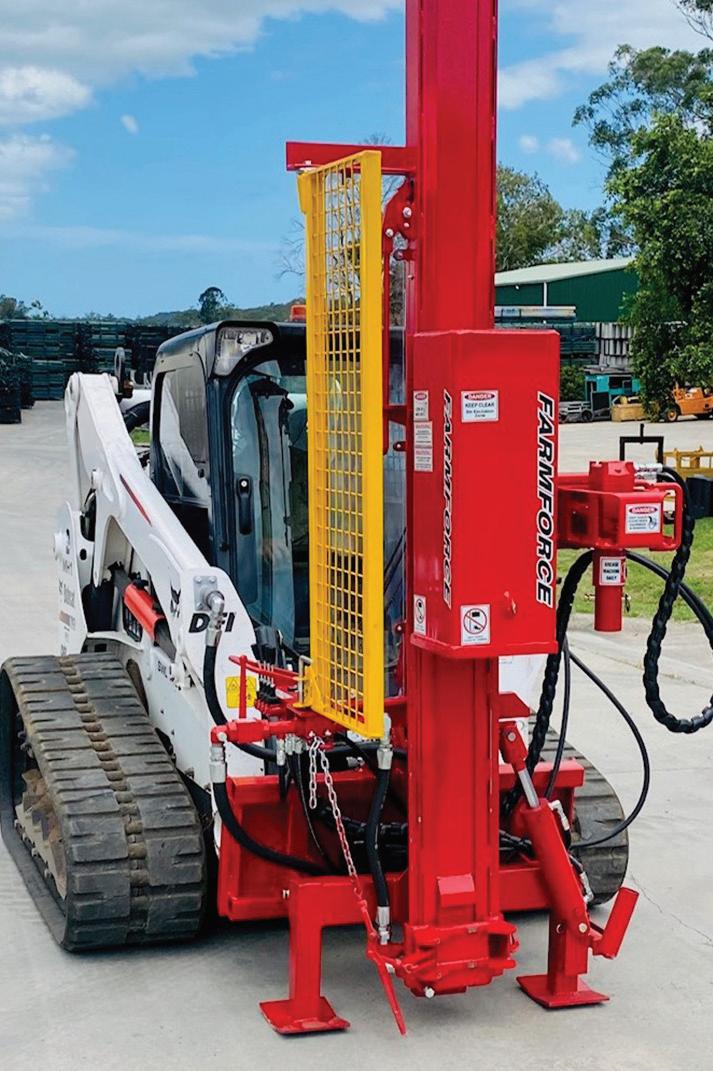
The end result is some manufacturing trends once considered decades away are upon us now.
Here are some of the biggest trends driving change in food and beverage manufacturing right now:
· Automation and Industry 4.0: The pandemic was pivotal in speeding up this phase, which is so significant it’s also referred to as the Fourth Industrial Revolution or smart manufacturing. It’s a transformation characterised by increased automated processes to help food and beverage operators reduce costs and improve productivity. Manufacturers are using automated machinery to help on the factory floor, such as robotics and AI (Artificial Intelligence) that can detect damaged food.

The potential is huge – automated machines and systems can take care of repeatable tasks so employees can be utilised in other ar- eas of a company.

Automation also opens the door for 24/7 production and predictive maintenance.
· Digitalisation of food: Food and beverage manufacturers are increasingly investing in digital technologies to meet industry standards and consumer demands. They are using tech such as smart sensors and cloud computing to collect data, optimise production and ensure food safety and quality. There is also a push for stronger traceabil- ity, which is the digital tracking of a product through all stages of production, processing and distribution. Consumers want to know where their food has come from and how it has been produced, and to be assured of its quality. Digital traceability tech will continue to evolve, with governments investing heavily in this space.
· Reducing food waste: More and more industries are making waste reduction a priority – and the food manufacturing industry is no exception. There is plenty of room for improvement too, with estimates that about a third of food production is wasted across the supply chain. Food manufacturers are using software systems to optimise their processes, so they generate less waste. Some are even implementing new tech to create fresh product lines from food that would have otherwise been wasted. Predictive maintenance is also helping reduce waste.
· Healthier and more sustainable food: A growing number of Aussies want plates full of healthy and planet-friendly options – they have a real hunger for nutritious food grown and prepared sustainably. Many shoppers are now actively looking for food that has been prepared using sustainable farming and manufacturing processes. We can expect to see more and more green and ethical labelled food on supermarket shelves as manufacturers keep innovating to produce healthier products in a more sustainable way.
Food and beverage manufacturing is a major focus for the Agtech and Logistics Hub. We work with innovators developing tech for this space and late last year we hosted a workshop featuring presentations from manufacturers who had implemented robotics. There are also a couple of great manufacturing events happening in Toowoomba in early May – you can find the details on our LinkedIn and Facebook pages.
